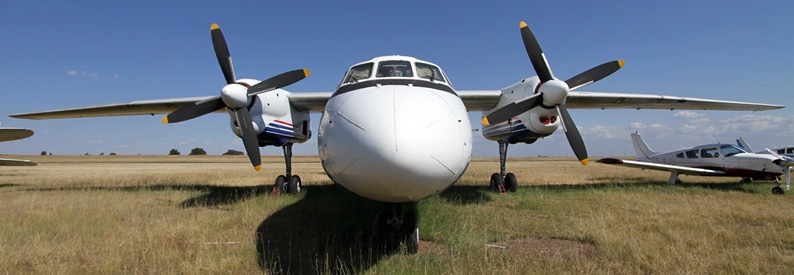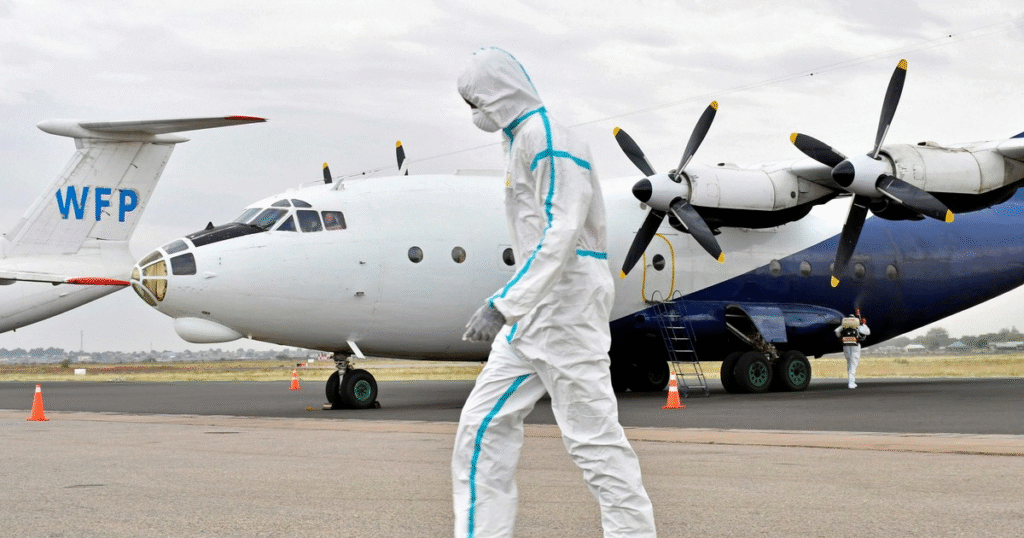
Introduction
South Sudan, the world’s youngest nation, continues to rebuild its national infrastructure amidst prolonged conflict and political instability. Among its most underdeveloped sectors is civil aviation, which plays a vital role in connecting remote areas, enabling humanitarian operations, and fostering economic integration. However, South Sudan’s airspace is fraught with safety challenges stemming from a lack of regulatory oversight, limited technical capacity, poor infrastructure, and fragile security conditions. This article examines the core aviation safety issues in South Sudan since 2020, evaluates efforts made to improve oversight and infrastructure, and explores potential pathways to enhance airspace safety in the long term.
Limited Institutional Capacity and Oversight
The South Sudan Civil Aviation Authority (SSCAA), re-established in 2011 following independence, has struggled to effectively regulate the country’s aviation environment. Institutional gaps remain due to a chronic shortage of skilled personnel, limited funding, and outdated safety legislation. As of 2025, South Sudan has not fully implemented ICAO’s foundational aviation safety standards, particularly regarding certification, surveillance, and enforcement.
This has resulted in weak regulatory control over both domestic and international operators using South Sudanese airspace. Aircraft maintenance standards, air operator certifications, and personnel licensing often lack rigorous verification. The absence of robust oversight mechanisms increases the risk of operational incidents, including mechanical failures and procedural violations.
Air Navigation and Communication Gaps
One of the most pressing safety risks in South Sudan is the underdeveloped air navigation system. Much of the country’s airspace is still not covered by modern radar or Automatic Dependent Surveillance-Broadcast (ADS-B) systems. Air traffic control (ATC) services remain rudimentary, with many controllers relying on procedural separation and voice communication rather than advanced surveillance tools.
In remote regions, ground-to-air communication is unreliable, and aircraft often operate in uncontrolled airspace with minimal coordination. This poses major challenges, especially for humanitarian flights, which operate frequently in the country to deliver aid. Poor coordination between air traffic service units and flight operators has occasionally led to near misses and confusion during emergency landings.
Security Instability and its Effects on Aviation Safety

South Sudan’s volatile security landscape significantly undermines aviation safety. Ongoing clashes in various parts of the country restrict access to certain airports and airstrips, often forcing aircraft to reroute with little notice or land on unprepared runways. Additionally, looting and vandalism at remote airfields compromise basic infrastructure such as runway lighting, fencing, and navigation aids.
Civil unrest also creates challenges for ground staff and air traffic personnel, many of whom operate in insecure conditions with limited emergency support. These security constraints restrict the deployment of critical safety equipment and discourage international airlines and aviation professionals from operating in or supporting South Sudan’s aviation network.
Airport Infrastructure Deficiencies
Juba International Airport, the country’s primary gateway, remains underdeveloped despite some recent improvements. Its runway and taxiways frequently suffer from maintenance delays, drainage issues, and debris hazards. Most secondary airports across the country lack basic facilities such as perimeter security, airfield lighting, and weather monitoring systems. This hampers night operations and increases the likelihood of runway incursions and aircraft damage.
Moreover, airside operations are constrained by a lack of trained ground handling staff and adequate firefighting and rescue services. The limited availability of aviation fuel and poor storage facilities at provincial airstrips further complicate logistics and increase the risk of fuel contamination.
Human Resource Shortages
Aviation safety also depends on a well-trained and continuously supported workforce. In South Sudan, qualified pilots, air traffic controllers, engineers, and safety inspectors are in short supply. Many professionals are either trained abroad or brought in temporarily by international organizations, leading to a heavy reliance on external expertise.
Ongoing efforts to establish local aviation training programs have faced major delays due to budget constraints and lack of infrastructure. Without a pipeline of competent aviation professionals, South Sudan remains vulnerable to safety oversights, poor decision-making, and inadequate emergency response.
Incident Reporting and Safety Data Collection
Another major limitation in South Sudan is the lack of a systematic incident reporting and investigation mechanism. Many aviation incidents, including runway excursions, airspace violations, or mechanical failures, go unreported or are resolved informally. This results in missed opportunities to identify risk trends, share safety lessons, or implement corrective measures.
Efforts to develop a centralized reporting system have been discussed at regional forums, but progress has been slow. Without a functional safety data infrastructure, South Sudan remains reactive rather than proactive in its safety management.
International Partnerships and Regional Support
Despite these challenges, South Sudan has received critical support from ICAO, the African Civil Aviation Commission (AFCAC), and humanitarian organizations such as the World Food Programme (WFP), which conducts vital air operations in the country. These partners have provided training, donated communications equipment, and conducted safety audits to help stabilize the aviation sector.
Additionally, South Sudan is part of regional aviation initiatives under the East African Community (EAC), which promote harmonized safety regulations and capacity-building programs. Participation in ICAO’s COSCAP (Cooperative Development of Operational Safety and Continuing Airworthiness Programme) for East Africa offers a platform for shared expertise and technical assistance.
Recommendations and Path Forward
To mitigate aviation safety risks in the medium term, South Sudan must prioritize:
1. Strengthening the SSCAA by increasing funding, hiring skilled personnel, and updating aviation legislation.
2. Improving ATC capabilities through the installation of modern communication and surveillance systems.
3. Investing in Juba International Airport and developing a phased plan to rehabilitate regional airports
4. Expanding local training programs for pilots, engineers, and inspectors, possibly through partnerships with regional aviation academies.
5. Implementing a national safety reporting system, coupled with transparent accident investigations to build a safety-first culture.
Conclusion
South Sudan’s aviation sector remains in a formative stage, shaped by unique geopolitical and infrastructural challenges. Yet, air connectivity remains vital for humanitarian, commercial, and developmental goals. By addressing its regulatory weaknesses, investing in personnel and infrastructure, and leveraging international partnerships, South Sudan can begin to chart a safer, more structured path for its airspace. While the road to full compliance with global aviation safety standards is long, incremental progress in these critical areas will be key to unlocking the country’s air transport potential.


